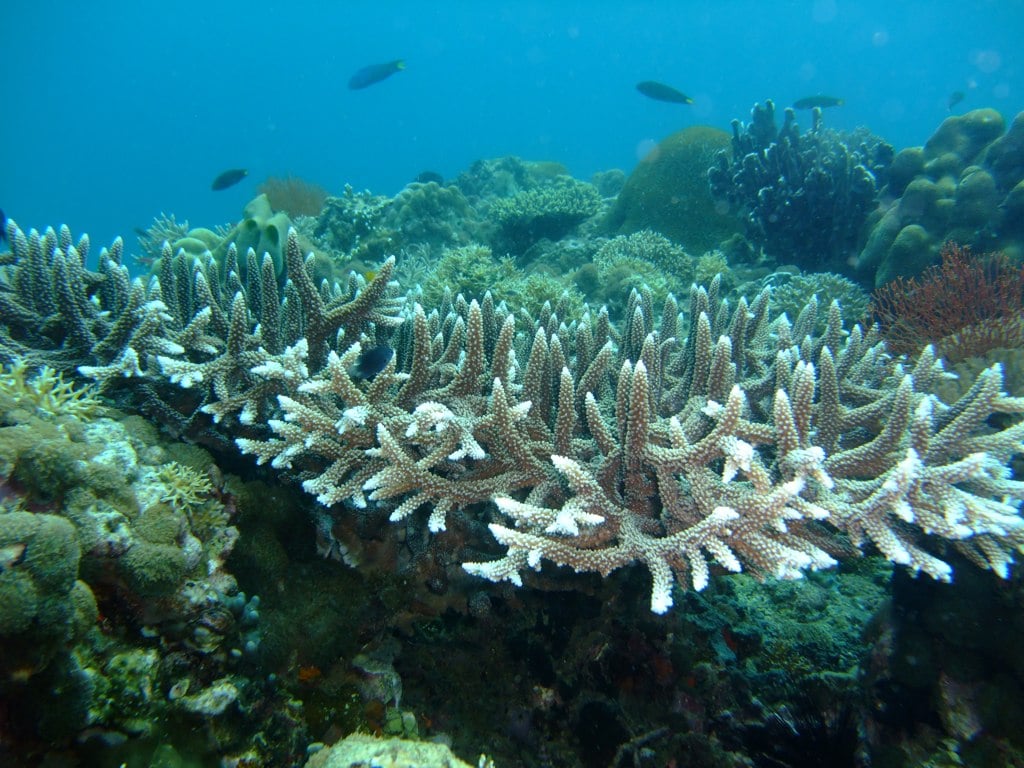The IUCN Purple Listing of Threatened Species is warning that over 44% of reef-building coral species globally are susceptible to extinction.
The warning cam this week on the ongoing COP29 UN local weather convention in Azerbaijan.
The conservation standing of 892 warm-water reef-building coral species has now been reassessed for the IUCN Purple Listing, and evaluation reveals that 44% are threatened. The threats to reef-building corals have been final assessed for the IUCN Purple Listing in 2008, and at the moment one-third have been discovered to be threatened, the group mentioned in a press release.
IUCN Director Common Dr. Grethel Aguilar mentioned:
“As world leaders collect on the UN local weather convention in Baku, this world coral evaluation vividly illustrates the extreme impacts of our quickly altering local weather on life on Earth and drives house the severity of the implications. Wholesome ecosystems like coral reefs are important for human livelihoods—offering meals, stabilizing coastlines, and storing carbon. The safety of our biodiversity isn’t solely important for our well-being however essential for our survival. Local weather change stays the main risk to reef-building corals and is devastating the pure methods we rely on. We should take daring, decisive motion to chop greenhouse fuel emissions if we’re to safe a sustainable future for humanity.”
Local weather change is the primary risk to reef-building coral species. The assessments thought of the latest standing replace of coral reefs from the World Coral Reef Monitoring Community (GCRMN), alongside present and future threats such because the projected improve in warming occasions and main bleaching occasions, utilizing Intergovernmental Panel on Local weather Change (IPCC) knowledge for future warming eventualities. Along with local weather change and associated extreme bleaching occasions, corals are affected by different pervasive threats together with air pollution, agricultural runoff, illness and unsustainable fishing.
For instance, Staghorn coral and Elkhorn coral are two Critically Endangered species within the Caribbean which have skilled important declines attributable to elevated warming, water air pollution, hurricanes and the extreme impacts of coral ailments.

Beth Polidoro, IUCN Species Survival Fee Coral Purple Listing Authority Coordinator and Affiliate Professor, College of Mathematical and Pure Sciences at Arizona State College, mentioned:
“We have to drastically minimize greenhouse fuel emissions alongside motion to deal with native threats if we wish to give coral reefs an opportunity to outlive. By performing now, we will sluggish the tempo of ocean warming and broaden the window of alternative for corals to probably adapt and survive in the long run. This isn’t nearly preserving the spectacular great thing about coral reefs. Coral ecosystems additionally maintain coastal fishing communities, stabilize the shoreline and coastal habitats, and assist take away carbon from the ocean, amongst different advantages.”
The principle resolution to save lots of corals from extinction is slicing greenhouse fuel emissions, accompanied by actions to deal with different threats, to strengthen species’ resilience. The assessors additionally advocate extra analysis into if and the way corals can adapt to hotter waters, with proof of restricted adaptation up to now.
Dr. David Obura, Co-Chair of the IUCN SSC Coral Specialist Group, mentioned:
“We’ve identified for many years that coral reefs are on the frontline of the worldwide local weather and biodiversity crises, and this new consequence solely reconfirms this. With out related selections from these with the ability to vary this trajectory, we are going to see the additional lack of reefs, and progressive disappearance of coral species at bigger and bigger scales.”
For more information, go to www.iucnredlist.org.

